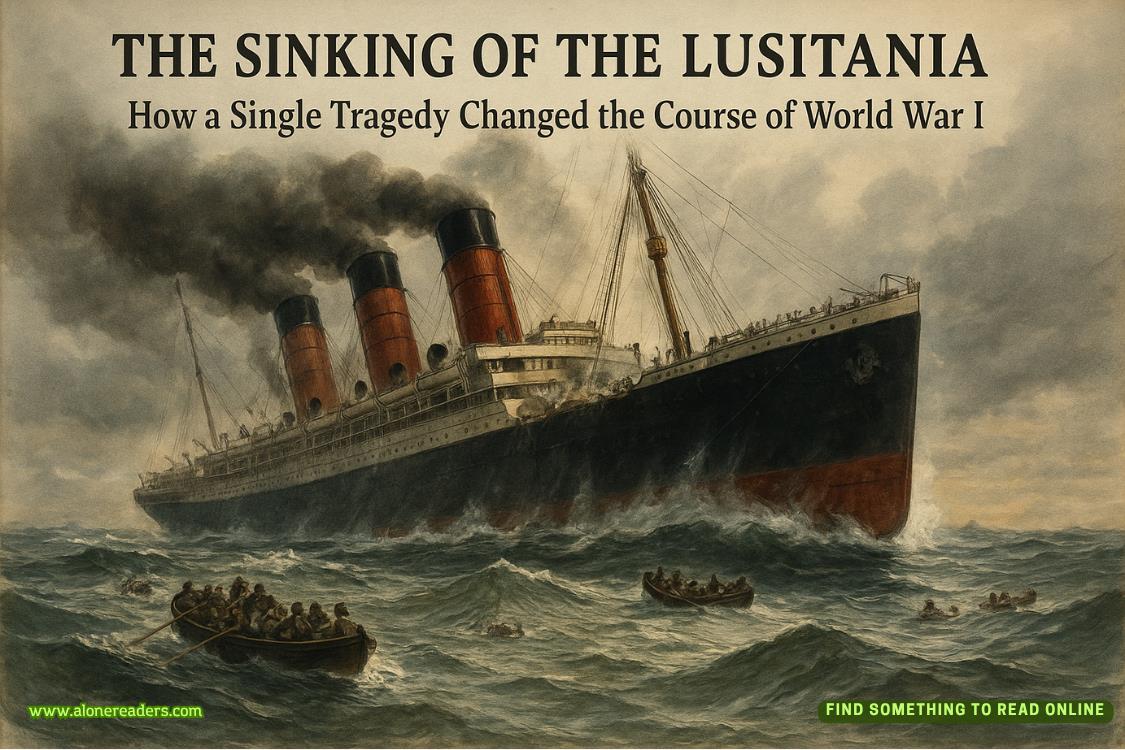CHAPTER1
SATURDAY, MAY 9, 1863. SHEFFIELD, SOUTH YORKSHIRE.
Impressive.
Perfect.
Thisis what I need to complete my dreams.
With one hand resting on the silver head of his cane, Martin Cynster stood on the pavement of Rockingham Street and allowed his gaze to roam the lines of the buildings that comprised Carmichael Steelworks.
He’d been hunting for just such a business for more than five years. Acquiring a medium-sized enterprise that specialized in producing high-quality steel in a variety of alloys had always been crucial to bringing to fruition his long-term vision for his investments in the burgeoning iron and steel industries. He already owned a foundry that would supply pig iron to the steelworks and manufactories that would take the steel produced and make it into various products; all he needed was the right steelworks to provide the critical lynchpin, and his vision would be complete.
Focused and diligent inquiries had led him to Carmichael Steelworks. His investigations suggested that the Carmichael works had the ability to produce the sorts of steel his other businesses required, now and into the future. That the works were located in Sheffield, within easy reach of the iron foundry he already owned in neighboring Rotherham, was an added attraction, as was the works’ established and stable workforce.
The steelworks occupied the entire block bounded by Rockingham Street on the west, Trippet Lane on the south, Bailey Lane to the east, and Boden Lane to the north. The Carmichael works were much smaller than the massive steelworks located to the northeast of the town, but significantly larger than the nearby foundries and furnaces that dotted this area west of the town center.
Martin had studied the municipal plans of the site. Now, he stood on the pavement opposite the southwest corner and took in the reality.
The steelworks’ shed, a huge edifice of redbrick walls and iron panels, covered much of the site, its pitched roof rising above the surrounding structures. Taking up the full width, east to west, of the site, the shed extended from the northern boundary on Boden Lane to thirty yards or so from the steelworks’ frontage on Trippet Lane. Consequently, most of the long Rockingham Street and Bailey Lane boundaries and the shorter Boden Lane boundary were marked by the shed’s redbrick wall.
The remainder of the site—the area between the front of the shed and Trippet Lane—played host to several single-story buildings, also in red brick, the majority of which lined Trippet Lane. Wrought-iron railings and gates secured the site’s perimeter, filling the gaps between the corners of the shed and the other buildings. The gates, one on Rockingham Street and the other on Bailey Lane, gave access to the cobbled yard that lay between the main shed and the row of buildings on Trippet Lane.
Martin scanned the Rockingham Street façade. The shed’s brick wall rose to several feet above a man’s head, and above that, vertical iron panels extended to a height of more than twenty feet, as high as a two-story building. A narrow strip of iron-framed windows ran above the panels, letting daylight into the shed. The roof, also iron, angled upward to a long, central spine, broken by a succession of large brick chimneys, most of which were puffing gray smoke into the equally gray sky.
The brick wall continued along Rockingham Street for ten yards past the front of the shed, forming one side of a smaller, single-story building, before the wall gave way to wrought-iron railings and a wide double gate with a single-man gatehouse just inside. The activity in the yard beyond the gate suggested that entrance was used by the heavy wagons bringing in pig iron, the raw material for the works, which Martin had learned was presently sourced from the massive Atlas Works on the other side of town. Once received, the pig iron was carted into the smaller building abutting the shed, no doubt to allow ready access to the iron for the workers to feed the furnaces inside.
South of the gates and filling the southwest corner of the site stood the receiving office. The plain door, bearing a discreet sign, fronted Rockingham Street, almost directly across from where Martin stood.
He’d been observing the steady trickle of people in and out of the office and the wagons trundling up to the gates. He’d learned to approach businesses from the rear, as it were. A neat and efficient-seeming front office could hide a plethora of ills, while activity around the rear gate often told the real tale.
Thus far, everything he’d seen of Carmichael Steelworks spoke of competence, efficiency, and sound upkeep, all attributes he appreciated.
I’ve seen enough.He looked up and down the street, then crossed and entered Trippet Lane. Cane swinging, he strolled along the steelworks’ southern boundary. The Trippet Lane frontage was comprised of adjoining redbrick buildings. Beyond the side of the receiving office, he passed what he suspected was the rear wall of a store for the works’ final products, steel bars or rolled plates of the various sizes and compositions currently used in an increasing number of industries, including wire and cable making, the forging of knives and all manner of implements, and more recently, button making; Martin already had an interest in those industries, and there were many more besides.
Steel was the future, and he was determined to secure a well-designed slice of it.
Ahead, the steelworks’ main office squatted on the southeast corner of the site, fronting Bailey Lane. Martin rounded the corner, and the main entrance—a pair of wrought-iron gates more ornate than at the rear—came into view; together with a stretch of railings, the gates filled the gap between the office and the southeast corner of the shed. As on Rockingham Street, the wall of the shed formed the rest of the Bailey Lane façade.
He halted outside the office door and, through the main gates—the ones that admitted customers with drays to take away the works’ products—looked across the yard to the massive double frontage of the main shed. It seemed that the shed was divided into two lengthwise, with each half sporting huge doors that rolled aside. Both doors were currently fully open, and an ear-assaulting cacophony of machinery pounding and furnaces roaring, punctuated by shouts and curses, rolled out. Even at that distance, Martin could feel the wash of hotter air carrying with it the unmistakable tang of molten metal and burning coal. Through both doors, he could see men and equipment moving, but the relative dimness inside the shed veiled all details.
Martin turned to the office door. The glass panel was etched with the name and logo of Carmichael Steelworks. He reached for the knob, opened the door, and walked in.
He seized the moment of shutting the door to scan the office. A polished wooden counter faced him, and the area behind it contained two desks. The rear wall boasted three doors; he suspected the central door—largest and most impressive—was the one he wanted. The door to his right was half glazed, and through the glass, he could see the yard inside the main gates.
A clerk—a solid-looking middle-aged man in a neat suit—rose from behind one of the desks. “Can I help you, sir?”
Seated at the second desk, a middle-aged woman, neatly garbed, with her graying hair secured in a severe bun, glanced up from the orders she was sorting. On seeing Martin, she blinked, then her gaze grew suspicious.
Martin summoned his most innocently charming smile, trained it on the woman, then switched his attention to the clerk. “I hope so. I’m here to see Miss Carmichael.” He waved westward. “I called at her house in Portobello Street and was told I would find her here, at the works.”
The clerk was eying him every bit as suspiciously as the woman. “Is Miss Carmichael expecting you?”
Martin kept his mask of relaxed confidence firmly in place. “Yes, I believe she is.” Given she’d ignored his letters, she certainly ought to be.
The clerk—possibly secretary—frowned and glanced at the woman. “She didn’t mention any meeting…”
The woman—who seemed to have revised her earlier judgment enough to accept Martin’s assertion—gestured dismissively. “You know how she is. She gets some idea and comes rushing in and goes straight up to the laboratory, forgetting anything and everything else.”















